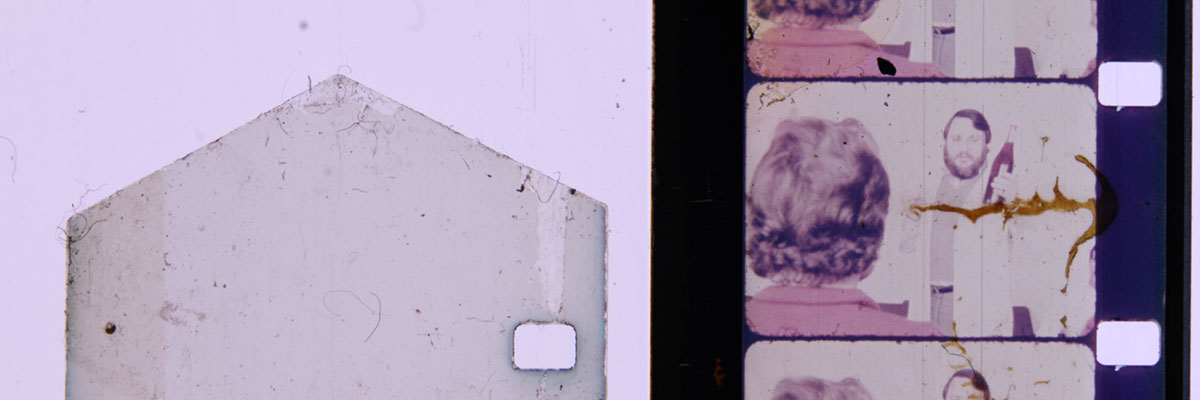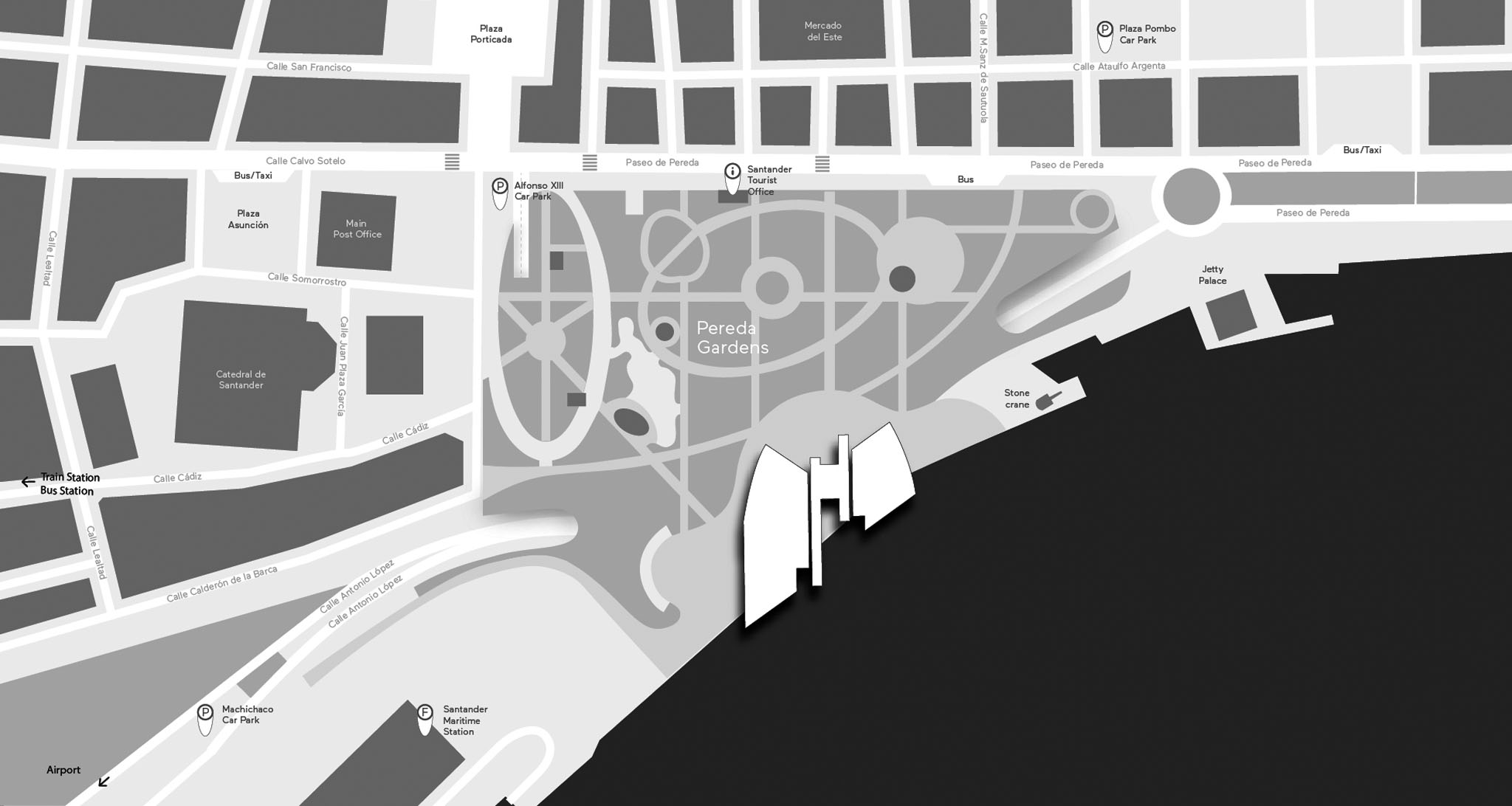The exhibition
ITINERARIOS XXVIII
18 NOVEMBER 2023 – APRIL 2024
Itinerarios XXVIII showcases the projects of the artists selected as part of the 2021 call for applications for the Fundación Botín Art Grants, including Luz Broto, Lucía C. Pino, Fernando García Dory, Henrique Pavão, Jorge Ribalta and the duo formed by Patricia Gómez and María Jesús González.
The themes addressed by the six projects examine the major issues that artistic practices are facing in present-day society, whilst vindicating art as a fundamental tool for research and the construction of new languages.
The jury that selected the projects was composed of Sandra Guimarães, artistic director of the Museum Helga de Alvear; Maider López, a creative artist who intervenes in architecture and public space (who was awarded an Art Grant in 1998); Manuel Segade, director of the Museo Reina Sofía; and the visual artist Jorge Yeregui (who was awarded an Art Grant in 2013).
We suggest that you enjoy this exhibition on several visits in order to get to know each artist’s interests and investigations in greater depth.
Image: Bétera Producciones. Proyección III
HENRIQUE PAVÃO
(Lisbon, 1991)
The Ultimate Romance installation is composed of a video, a sound piece and a bronze sculpture. The work portrays the failed attempt to copy the head of the Egyptian pharaoh Senwosret III (c. 1860 a. C.). Made of obsidian stone, 3D scanners cannot reproduce this material due to its reflective characteristics. With this work, the artist questions the idea of circular time and the notions of failure and loss.
FERNANDO GARCÍA DORY
(Madrid, 1978)
PiensaForesta (ThinkForest) takes a forest in Picos de Europa as a case study. This area was planted with eucalyptus trees in the 1970s, coinciding with the start of the environmental movement and protests against the dictatorship. This space acts as a sketchbook about the forest intervention process, imagining a possible regeneration and bringing together —as part of this story— distillate vessels, models of biomorphic architectures, a sound journey that gives voice to interspecies relations in the forest, maps of the land and archival images.
PATRICIA GÓMEZ AND MARÍA JESÚS GONZÁLEZ
(Valencia, 1978)
Al pasar, cerrar. Bétera Producciones (Close after Entering. Bétera Producciones) is a double audiovisual installation created by recovering fragments of decomposing footage found in the projection room of the cinema-theatre of the last psychiatric hospital in Valencia. The first installation presents the film material that was found like elements of a cinematographic archaeological collection. The second installation places us in an empty cinema, where the audios of the films once shown to the community of inmates still resonate.
JORGE RIBALTA
(Barcelona, 1963)
Variaciones Güell (Güell Variations) observes the current state of some of the historical sites associated with the Güell family, including places designed by Gaudí. The images were primarily taken in Barcelona and its surroundings, as well as in Comillas (Cantabria), Antonio López’s place of birth and the nerve centre of the López-Güell economic-family line. The series also includes portraits of current family members.
LUZ BROTO
(Barcelona, 1982)
For Contactar cristales enfrentados (Contacting Facing Windows), the artist joins the glass panes of windows facing each other from different buildings and at the same height from the ground. They are presented with their outer faces in contact, removing the distance that previously existed between them. The origin of this project was the coincidence between the window of her room and that of her neighbour in the village where she grew up. Following from that fact, the artist brings together this first pair of windows and then extends the action towards the city. By asking acquaintances and strangers ‘Is there a window facing your window?’, Broto has travelled through Barcelona’s neighbourhoods trying to contact its residents.
LUCÍA C. PINO
(Valencia, 1977)
Her work is based on sapphic (an adjective related to sexual identity that indicates love between women) archival research from the early 2000s. Based on a verse by the Greek poetess Sappho, But if u love us, Lucía C. Pino presents a series of pieces using materials like iron, latex, fibreglass, used leather rope, zippers, foam, paper, acrylic resin and other elements.



